Over 25 years ago during my PhD research comparing the organisation of midwifery and maternity care in the Netherlands and the Northeast of Scotland I wrote a chapter comparing the history of maternity care in the two countries. I needed to write this not, as I thought at the time, to improve my thesis, but for myself to help me as a sociologist to help understand these historical developments.
In the process of researching the history of midwifery in the Netherlands I found a commemorative book by Drenth (1998) celebrating the centenary of the Dutch midwifery organisation. In this book is a footnote stating that the first chair of the KNOV (Royal Dutch Organisation of Midwives), Ms Francijntje de Kadt, lived and worked in the town of Vlaardingen in the late 19th to early 20th century (Drenth 1998). This note caught my eyes as I am born and bred in Vlaardingen.

Francijntje de Kadtlaan in Vlaardingen, the Netherlands
After a bit more searching and a visit to the archives of the town of Vlaardingen I managed to dig up a little more about Francijntje de Kadt, but not an awful lot. During a family visit to the Netherlands I visited the archives of Vlaardingen to see what information they had about her. The archivist immediately recognised the name of Francijntje de Kadt, since genealogists keep finding her name as the midwife listed on their ancestors’ birth certificates. However, the archivist did not know that Francijntje de Kadt had been the first chair of the Dutch Mmidwifery organisation from its establishment in 1898 till 1926. At that point I decided to apply for a small travel grant in the History of Medicine from the Wellcome Trust. That application was successful, awarding a travel grant of £ 1,050 in 2001. My research in various archives in the Netherlands resulted in two papers (in Dutch) about Francijntje de Kadt, one in a local history journal (van Teijlingen 2003a) and one in the Dutch midwifery journal (2003b) and one about the collapse in 1921 of the midwives’ first pension fund (van Teijlingen 2002). This was for a while the end of my career as an amateur historian due to my busy day job as a health researcher and MSc coordinator at the University of Aberdeen.
Many years later (2010) I ended up talking to the burgomaster of Vlaardingen at the reception organised by the town to celebrate the fact that my father had been awarded the Dutch equivalent of an OBE. Over a drink I asked the burgomaster what the process was for suggesting a new street name in Vlaardingen. He suggested I write to the Street Name Committee with a justification why Francijntje de Kadt deserved a street name. With my recommendation I sent this committee my two Dutch publications. A few months later the secretary to the Street Name Committee wrote to say that my proposal had been accepted and that her name would be given to a street in a new development of the former local hospital grounds.
Then in mid-2015 a Dutch historian Eva Moraal came to Vlaardingen with her partner on a day trip and they ended up walking through the Francijntje de Kadtlaan. She read the subscript on the street sign (see photo) and thought ‘This woman need to have an encyclopaedia entry!’ A few days later she emailed me at Bournemouth University for further information on the live, work and achievements of Francijntje de Kadt to help her write a piece for the encyclopaedia. Two months ago Eva Moraal (2015) published her very nice contribution on Francijntje de Kadt.
So what started as a small historical study as an introduction chapter of a PhD thesis in Medical Sociology ended up with a ‘forgotten’ national midwifery leader having a street named after her in the town she spent most of her working live and her own entry in the encyclopaedia, Digitaal Vrouwenlexicon van Nederland (in Dutch: Online Women’s Lexicon of the Netherlands). What is even more interesting that this otherwise chronologically logical story is based on three major co-incidents: first, spotting a footnote in commemorative book about Vlaardingen. If Francijntje de Kadt had lived and worked anywhere else in the Netherlands other than my birthplace I would not have paid much attention. Secondly, speaking to the burgomaster of Vlaardingen and having a conversation in which street names cropped up, and thirdly, Eva Moraal who just happened to walk through the Francijntje de Kadtlaan, reading the street sign, and thinking this is an historical figure who needs better recognition.
Prof. Edwin van Teijlingen
CMMPH
References:
Drenth, P. (1998) 1898-1998. Honderd jaar vroedvrouwen verenigd, Bilthoven: KNOV.
Moraal, E. (2015) Kadt, Francijntje de, in: Digitaal Vrouwenlexicon van Nederland. URL: http://resources.huygens.knaw.nl/vrouwenlexicon/lemmata/data/Kadt
van Teijlingen, E. (2002) Ondergang eerste pensioenfonds voor vroedvrouwen (in Dutch: Decline of the first pension fund for midwives), Tijdschrift voor Verloskundigen (in Dutch: Journal for Midwives), 27(12): 684.
van Teijlingen, E.R. (2003a) Berichten – Francijntje de Kadt (1858-1929), Tijdschrift voor Verloskundigen (in Dutch: Journal for Midwives), 28(12): 630-633.
van Teijlingen, E.R. (2003b) Francijntje de Kadt (1858-1929). Vroedvrouw te Vlaardingen en eerste voorzitter van de Nederlandsche vroedvrouwenvereeniging, Tijd-schrift (in Dutch: Time-Magazine) 88: 14-23.
 Minesh Khashu (BU Visiting Faculty and clinician in Poole Hospital) and Jeremy Scrivens published their third instalment of a series of online papers on the NHS. This contribution is called ‘Can We Heal an Ailing Healthcare System? Part 3’. They deep dive into this idea of transformation through a strengths-based approach. They consider how we can build an NHS Social Movement by bringing the whole system together to inquire into and extend NHS’s Positive Core. The blog (online paper) can be accessed here!
Minesh Khashu (BU Visiting Faculty and clinician in Poole Hospital) and Jeremy Scrivens published their third instalment of a series of online papers on the NHS. This contribution is called ‘Can We Heal an Ailing Healthcare System? Part 3’. They deep dive into this idea of transformation through a strengths-based approach. They consider how we can build an NHS Social Movement by bringing the whole system together to inquire into and extend NHS’s Positive Core. The blog (online paper) can be accessed here!
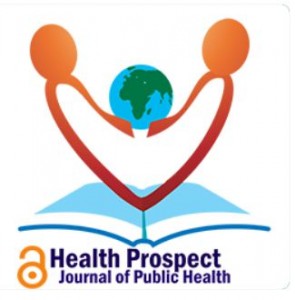
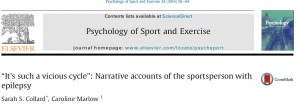
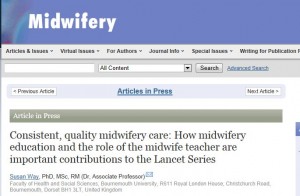

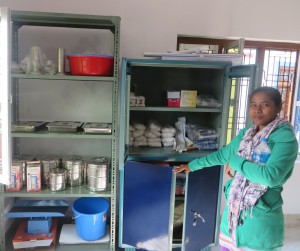


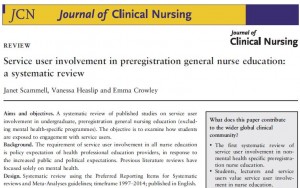
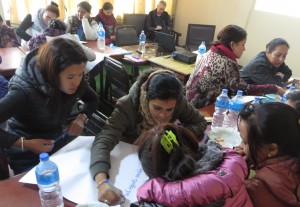
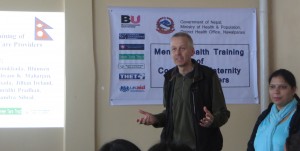

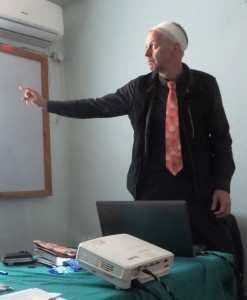

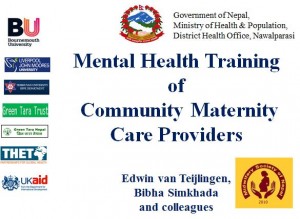
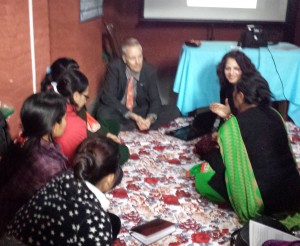
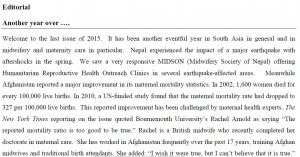

 with BU on a range of health and maternity-care projects. The birthing centre has been improved since our last visit one year ago. There now is a newly build decomposition pit for the disposal of placentas. There is a new postnatal recovery room, and the number of local women giving birth in the facility has been increasing! When we arrived a new baby had just been born an hour or so earlier (second photo with proud father on the right).
with BU on a range of health and maternity-care projects. The birthing centre has been improved since our last visit one year ago. There now is a newly build decomposition pit for the disposal of placentas. There is a new postnatal recovery room, and the number of local women giving birth in the facility has been increasing! When we arrived a new baby had just been born an hour or so earlier (second photo with proud father on the right).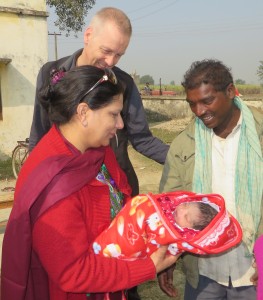


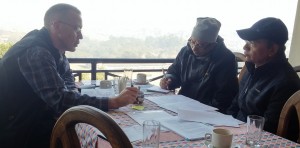















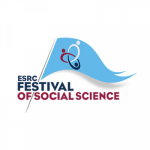 ESRC Festival of Social Science 2024 Open Call – Deadline for Applications Thursday 16 May
ESRC Festival of Social Science 2024 Open Call – Deadline for Applications Thursday 16 May We can help promote your public engagement event or activity
We can help promote your public engagement event or activity Horizon Europe News – December 2023
Horizon Europe News – December 2023